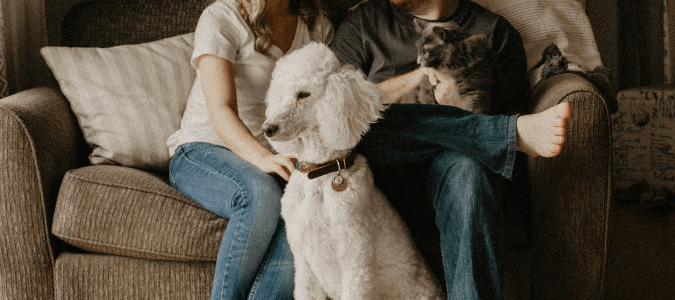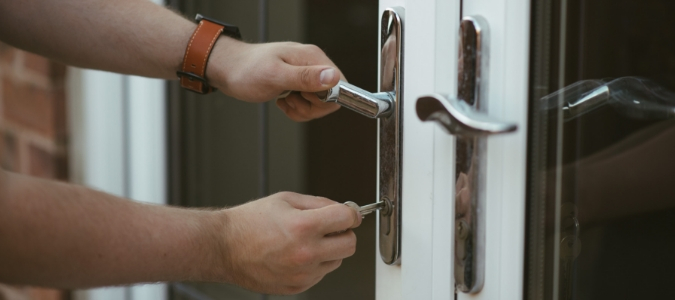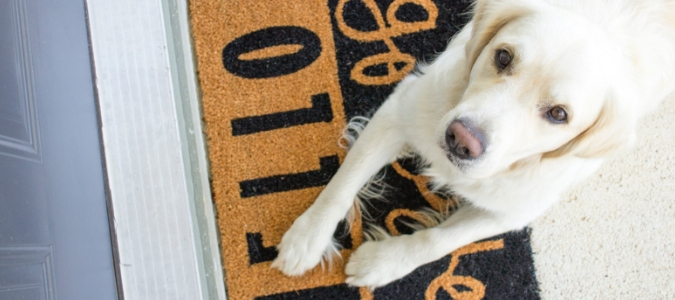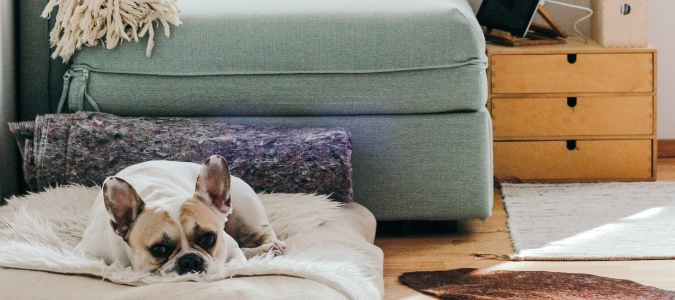
First, it was ants. As a homeowner in the South, you’re probably already used to protecting against fire ants and other crawling insects in your yard. Perhaps then it became a surprise when you discovered them swarming over what you thought was a totally clean kitchen counter. You sprayed. You put out traps. You squished the ones you noticed.
But the ants wouldn’t go away.
Next, there were beetles. Then a spider bit your son in his room when he was home visiting from college. Then came the rats. You may feel as though you are living through a serious of plagues, and nothing’s working.
So, you’re finally considering your options. Looking into the “F” word: fumigation.
When your house is overrun, sometimes fumigation is an option to control certain types of pest infestations. Moreover, when you have numerous different types of pests, this method can take them all out at once, rather than targeting each individually.
You have lots of questions, though. And as a pet owner, the one that’s topmost on your mind is: how long after fumigation is it safe for pets?
The easiest, yet totally unhelpful answer, is that you can bring Fido and Fluffy back in once the area has been aired out and the chemicals from the fumigants have been dispersed.
This response is unhelpful, though, because it doesn’t really give you a timeline. Because there isn’t one—or at least not just one for every situation.
However, there are a number of factors that play a role in this timeline. What kind of pests are you dealing with? How big is the property? What dosage is being used? And so on.
If there is excessive clutter or thick wooden beams, fumigation can take up to a week. If you’re calling in professionals, in some cases you won’t be able to bring your pets home for a good two to three days after the end of the fumigation.
And of course, pets aren’t the only members of your household impacted by a pest control service.
When Is It Safe To Return Home After Fumigation In General?
People who re-enter their homes too early and are therefore exposed to fumigation gases—both during and after fumigation—may experience a variety of uncomfortable symptoms, including:
- Breathing difficulties
- Coughing
- Dizziness
- Double vision
- Fatigue
- Headaches
- Nausea
Pets may show signs of exposure as well, such as:
- Bleeding
- Convulsions
- Difficulty breathing
- Passing out
- Seizures
- Tremors
If you notice any of these signs in your human family or your animals, seek medical attention immediately.
Even plants, seeds and bulbs can be negatively affected by fumigation chemicals and should be removed before fumigation.
How long do you need to be cautious?
As with any type of product you use in your home, your best bet is to follow the directions on the product label. Pest professionals will recommend that the house aerates for a minimum of 8 hours after a fumigation service. You’ll also want to open your windows and doors and turn on your fans to move the gas out of your home. After that 8-hour period is over, a reputable pest control company will send out a technician to make sure it’s safe for the occupants to re-enter the home before allowing your family to return.
Specific Procedures: How Long To Wait After Termite Fumigation
It’s probably clear by now that fumigation interventions vary widely, depending on the type of infestation you have. The most serious types of fumigation involve “tenting” your home, which is basically what it sounds like. A giant tent is placed over your house to ensure none of the dangerous chemicals involved get vented outside during the procedure.
The pests that most commonly lead to tenting a home are wood-boring beetles, bed bugs and termites. While you should always check with the service you use for specific guidelines, typically termite tenting takes about three days and tenting for beetles takes four days.
After the tent comes down, you should wait another day before you and your pets return to your home—and make sure you have the green light from your pest control professional on when you can return.
What To Know About Fumigation Safety
Learning several important facts about fumigation can make your experience as safe as possible for you and your pets.
The first is that, aside from commercially available products, fumigation is something that should only be done by licensed professionals. Improperly handled, fumigation can be incredibly dangerous for not just you, your pets and your household, but also for your neighbors.
The second aspect of fumigation safety that is important is what happens before any treatment actually takes place. These tasks can be broken into four categories: remove, seal, open and turn off.
Remove
Items you should take out of your home before you fumigate include, but are not necessarily limited to:
- Furs
- Ice (in an icemaker)
- Jewelry
- Open food (including pet food!)
- The Three Ps (people, pets, and plants—hanging and potted)
- Vehicles (if in an attached garage)
- Wetsuits (for scuba diving)
- Pet crates or cages (if possible)
Seal
This step largely covers items that you could remove but do not have to, as long as you carefully seal them in Nylofume bags, such as:
- Dental products
- Food (including candy, gum, human and pet food in your pantry, and anything in your fridge and freezer)
- Pet chew toys
- Medications
Open
After removing and sealing so many items, the idea of opening others may seem odd, but it makes sense. What are you opening?
For starters, any plastic covers or bags that contain or cover items like furniture, mattresses and clothes. Doing so will allow the fumigant to aerate better and thus get the chemicals out of your home faster.
Additionally, you should open:
- Cabinets
- Closets
- Cupboards
- Drawers
- Lockers
- Safes
- Vaults
- Any pet crates, cages or animal houses left behind
Again, the idea is to let the fumigant flow freely, so it covers the entire area and aerates more quickly.
Turn Off
Before you start fumigating, make sure you turn off your air conditioner and call the gas company to have them turn off the supply to your house during the procedure.
Why? Because some of the chemicals are highly flammable.
After-Fumigation Procedures You Should Take
Once the appropriate time has passed or the pest control company notifies you that it’s safe to enter, you and your pets can come home.
However, there are several things you should do once the process is complete to reduce the risk of any problems developing for your pets.
Air Out The House
There should be very low levels of fumigation chemicals left in your home by the time you are allowed back in, but it’s always better to be safe than sorry. Turn on fans. Open doors and windows. Do whatever you can to clear out any of those leftover gases that may still be lurking around. Place your pet in a well-ventilated room for the first few hours after your arrival.
Monitor Your Pets And Family
If you or your pets experience any of the ill effects related to fumigation chemical exposure mentioned above, get out of the house immediately and seek medical attention as soon as possible.
Don’t Worry Too Much
Even with all the items listed above that you should either take out of the house or seal up, there are many pet-related items you probably left exposed: leashes, feeding dishes, watering bowls, bedding and more.
Your first instinct may be to clean everything, but you really don’t have to. Countless research studies have shown that there is absolutely no harm from exposing all kinds of things to fumigation gases, including everyday items like:
- Bedding
- Dishes
- Detergents
- Furniture
- Makeup
- Soap
When in doubt, ask the pest professional that performed your fumigation. Experienced and licensed technicians who have been doing this for years don’t want to make your pet sick any more than you want your pet to get sick. A reputable pest control company develops policies, products, and techniques begin and end with safety in mind. As long as you follow the directions on the product label or the guidelines of a trusted pest professional, you and your pets should have nothing to worry about.
ABC Will Protect Your Pets And Family From Pests
Fumigating your home can be disruptive. At ABC Home & Commercial Services, we understand that pets are part of your family and will need to be considered before, during and after a treatment. We have fielded nearly every possible question from our customers who are also pet owners, from whether pet safe bug bombs exist to home remedies for dog fleas. Our inspectors carefully assess the extent and severity of your pest problem to come up with a personalized solution that will be effective.
If fumigation is the best option for your situation, we will provide you with all the information you need to protect your family and your belongings from any potential adverse impact from our treatments. Most importantly, your household will be protected from the damage, health risks and nuisance that many of these common pests pose on your property.




